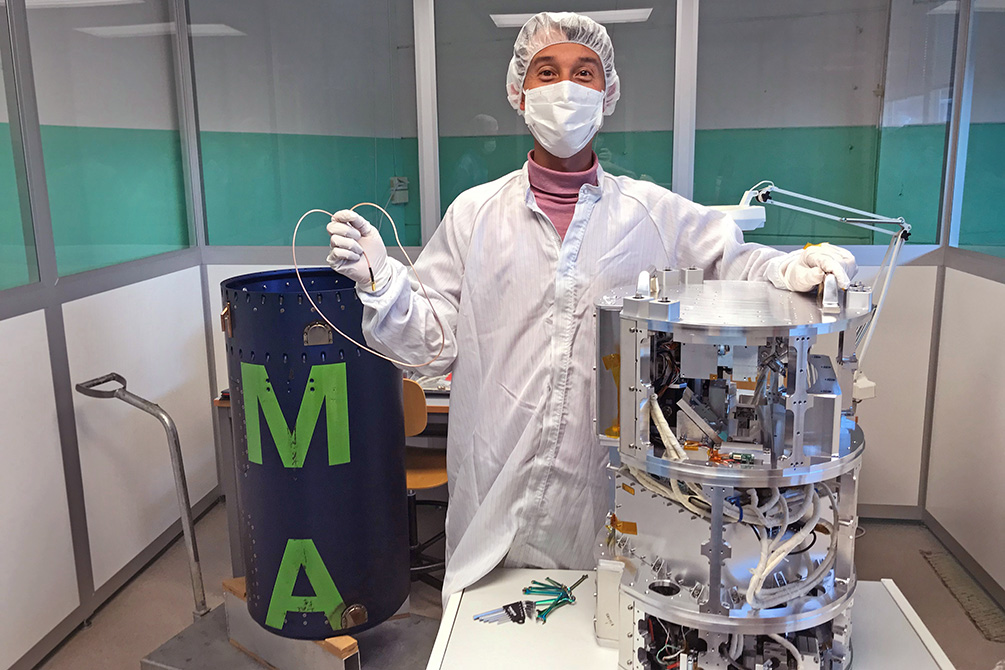Insights about dust grains after flight with SubOrbital Express
Press release from SSC

After flying dust grains onboard a sounding rocket, scientists could gain information and new insights about astronomical events, like the forming of stars and planetary systems. The results might also help scientists make nanoparticles with useful applications in more efficient and eco-friendly ways, for example within areas like solar energy, sensors, and nanomedicine.
Flying experiments on sounding rockets is a way for scientists to study different kinds of material in microgravity. In that condition they can conduct research which is not possible to perform on Earth.
In 2019 SSC’s SubOrbital Express-1 sounding rocket lifted off from Esrange Space Center with 12 experiments onboard. One was the dust grain experiment, called DUST, which is part of a series of investigations aiming at understanding how new star systems in the Universe are created from atoms via cosmic dust. The experiment was carried out by the Hokkaido and Braunschweig Universities, financed by JAXA and DLR.
Yuki Kimura, a materials science researcher at Hokkaido University, Japan, conducted the microgravity experiment on titanium carbide, a mineral in which carbon plays a major role in its formation, to reproduce the formation process of its particles.
After studying the results from their experiments the scientists have gained new insights about these particles.
“The research could aid understanding of distant astronomical events, including giant stars, newly forming planetary systems, and the atmospheres of planets in alien solar systems around other stars. But it might also help scientists here on Earth to gain better control over the nanoparticles they are exploring for use in many fields, including solar energy, chemical catalysis, sensors, and nanomedicine. The potential implications of studying the tiny grains in meteorites therefore range from the future industries of Earth to as far away as we can imagine,” Yuki Kimura explains in a press release.
“We’re very proud of having flown this exciting and successful cosmic DUST experiment on our suborbital microgravity platform. The flight, carrying advanced scientific payloads from Japan, Korea and Europe, was a true demonstrator of SSC’s rideshare concept SubOrbital Express,” says Gunnar Florin, Business Development Director at SSC.
Read the press release from Hokkaido University
SSC news post about the SubOrbital Express-1 launch
Photo: The scientist, Yuki Kimura, with the DUST experiment after flight with SubOrbital Express 1, Credit: Kenneth Löth, SSC
Originally published on 27 January.
Announcements are published as a service to readers. The sender is responsible for all content.
Announcements for publication can be submitted to pr***********@ar**************.com.